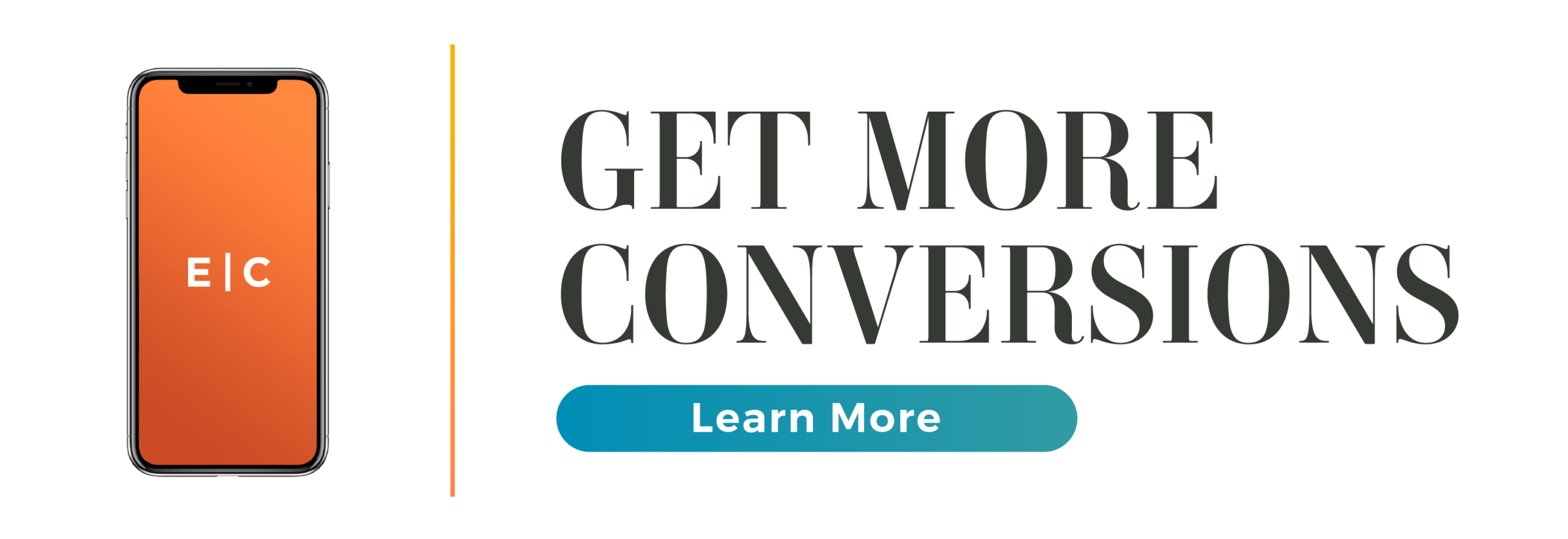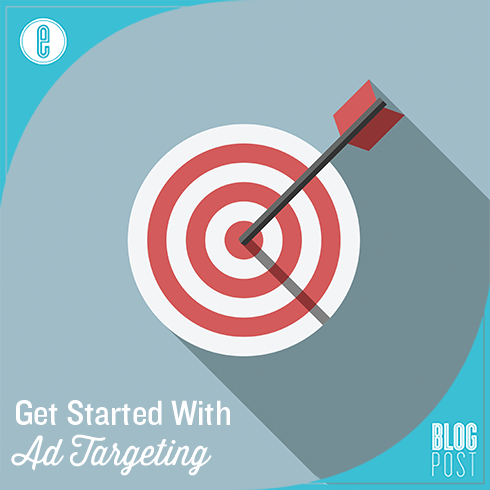In the world of marketing in 2016, we are privileged to live in a time where specific ad targeting is more accessible than ever. Between Facebook, Twitter, Instagram, Google AdWords and the plethora of other networks, your potential customers are making it easier and easier to reach them with your company’s product and message – and they sometimes even appreciate the targeting.
Although the exact practices of ad targeting vary from platform to platform, there are a handful of best practices that can help your organization achieve maximum efficiency. There are many different approaches that can be taken on a social media campaign; however, the basic underlying principles are the same regardless of product, message, targeting, or company size.
Basic Ad Targeting
At the onset of your campaign, it might be in your best interest to cast your net fairly wide and broad. In addition to targeting audiences based on interests related to their respective product or service, some companies also elect to initially run campaigns on a more “global” basis – that is, without much targeting or segmentation whatsoever.
In the context of social media campaigns, “global” can have a multitude of meanings. However, a global campaign is generally considered to be a campaign that targets the maximum possible audience for a given product, service, or company, with regard only to the greatest geographic availability of the campaign’s featured offering. For one company, a global campaign may just include a particular state or country; others may have the capabilities of taking an international approach.
This is not to say that all of your ad targeting should begin with a very broad approach. However, regardless of how well you think you know your audience, there may be numerous audience segments who love your product that may initially seem like unlikely customers. As with all ad campaigns, remember to split test continuously, as well as to keep an open mind with regards to what works and what doesn’t – after all, what converts is ultimately what’s important.
Advanced Ad Targeting
Once you’ve found some initial success with your ad campaigns, it’s time to really start focusing on the segments that convert most effectively for your business. It’s at this point where you can truly start to derive the most benefit from the technologically advanced targeting capabilities of modern social media platforms.
If you know a given target audience tends to convert, now is the time to start throwing your budget behind campaigns that speaks to those audiences. For groups with lower conversions (but still demonstrably valuable to your campaign), your ads should focus on what converted best for the initial campaign, whether it be interests, subject lines, ad creative, or ad copy. Once you know what really works for your product and message, it’s time to put the full measure of your ad spend behind it.
The specifics of advanced targeting vary greatly from platform to platform; however, each major social network has tools for targeting both your direct customers and users who are likely to be interested in the things your company has to offer.
Targeting is a great tool, but you have to make it work for you. More than anything else, it’s necessary to remember that these tools exist to keep you coming back to their respective platform, and so you can rest assured that they are constantly being refined and improved in order to offer the maximum amount of benefit to you, the platform user.

-FINAL(01-00)-White&Blue-01.svg)




